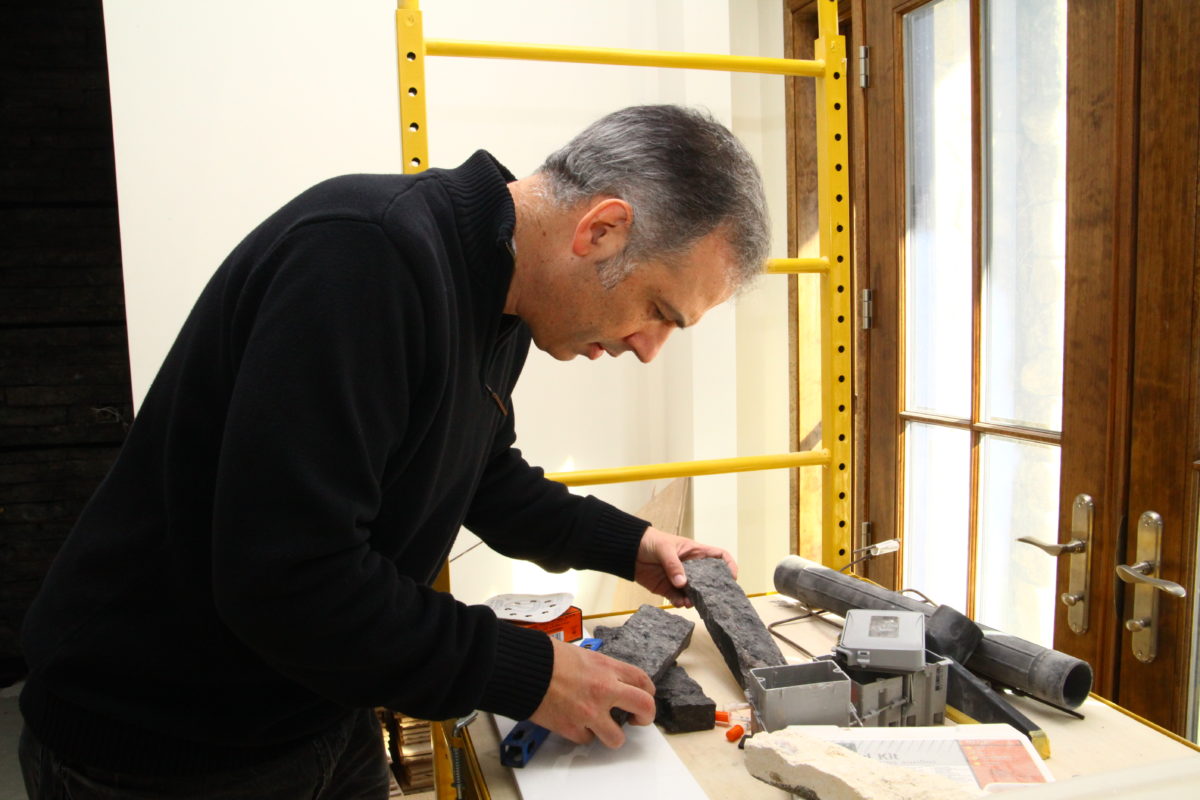BY ALEXANDER ROBERTS
What do a pig farmer in Iowa, a sanitation man in Mount Vernon and a bond trader in New York City have in common? They all are paying for affordable housing in the richest areas of Westchester County.
The county”™s refusal to transfer the obligation to create affordable housing to municipalities ”” the direction of New York state law and county policy for more than 20 years ”” has meant that federal, state and local taxpayers are paying well more than $200,000 for each two-bedroom apartment created under the federal consent decree. That federal order requires Westchester County to ensure the creation of 750 units of affordable housing in overwhelmingly white areas to overcome the effects of de facto segregation.
Take Roundtop, an affordable housing development of 92 one- and two-bedroom apartments in Montrose. The total development cost for that project was $31 million, or $337,000 for each apartment. Because affordable rents can only support about $100,000 in mortgage debt, that meant that federal, state and Westchester County taxpayers had to subsidize $237,000 for each unit. The approval last month of a project in Chappaqua, Chappaqua Station, carries a projected cost of more than $500,000 per one- or two-bedroom apartment, and that doesn”™t take into account the cost of addressing safety concerns in return for variances recently granted by New York state.
Problem solved 25 years ago
A Republican county executive working with a Democratic legislature proposed a solution to this problem 25 years ago. County Executive Andrew O”™Rourke predicted stagnant growth and a decline of Westchester County without affordable housing for firefighters, teachers and other members of the workforce. And so, he and the county Board of Legislators set up a Housing Opportunity Commission (originally called the Housing Implementation Commission) that authorized an independent study to determine the “regional need” for affordable housing, pursuant to a New York State Court of Appeals decision in Berenson v. New Castle. That decision and line of cases required each municipality, no matter how rich and exclusive, to satisfy its fair share of the “regional need” for multifamily and affordable housing to promote growth and equal opportunity.
A 1992 study by the Rutgers University Center for Urban Policy Research, and a subsequent study that projected housing needs through 2015, became the cornerstone of the county”™s Affordable Housing Allocation Plan. It assigned a goal for each municipality to produce units affordable to families at or below 80 percent of the area median income (about $83,000 for a household of four). The plan placed the obligation for affordable housing on each local community rather than the county government.
The Affordable Housing Allocation Plan, which was voluntary, provided a tool for developers to sue municipalities that refused to follow it, and subsequent court decisions accepted its validity in overturning zoning that eliminated multifamily housing. But few developers had the stomach to go through the expensive and onerous process of years of litigation, and the politicians who publicly supported the plan often ended up run out of town.
In 2010, then-state Sen. Suzi Oppenheimer managed to get a bill through the state Legislature requiring that all multifamily development in Westchester include at least 10 percent affordable units. But the reaction by Westchester municipal officials was so severe, she actually asked then-Gov. David Patterson to veto her own bill, which he did.
So, without the Affordable Housing Allocation Plan (it expired at the end of last year) or the will to enforce it, the Iowa pig farmer and all of us must pay a lot more than necessary to persuade places like Chappaqua, Scarsdale, Mount Pleasant and Harrison to do what the law requires.
Alexander Roberts is executive director of the fair housing group Community Innovations Inc., headquartered in White Plains. He examines demographics in Westchester County in a monthly column for the Business Journal. Contact him at aroberts@chigrants.org or 914-683-1010.






















Alec Roberts is, as usual, right on the money. To sustain a working class or blue collar middle class in Westchester, people have to be able to afford to live there. It seems today’s GOIP wants to red line all blue collar workers to certain locales which they deem affordable. Unless there is a sustainable and rising middle class in Westchester, that area will fail. One way to control some of the insane increases in property taxes is to make living and working in these communities more affordable. This broadens the tax base, changes the voter profile and democratizes the region. Right now, Westchester is rich and poor. That bodes poorly for the future.